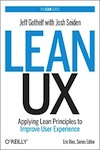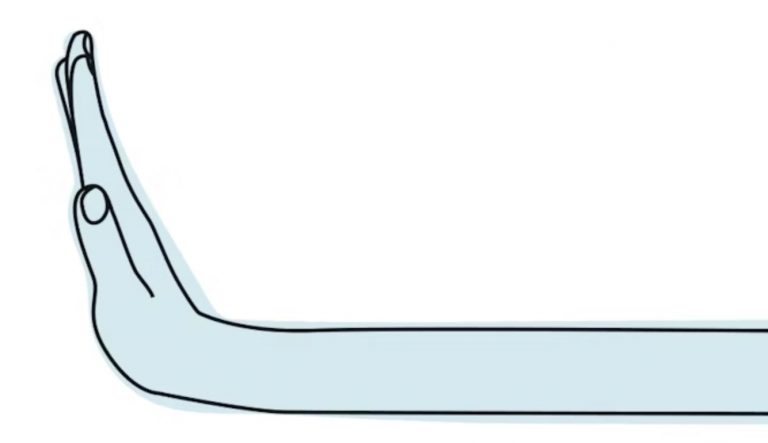Book: Lean UX

Lean UX: Applying Lean Principles to Improve User Experience
by Jeff Gothelf (Author) and Josh Seiden (Editor)
O’Reilly Media
February 2013
(Amazon link)
“The Lean UX approach to interaction design is tailor-made for today’s web-driven reality. In this insightful book, leading advocate Jeff Gothelf teaches you valuable Lean UX principles, tactics, and techniques from the ground up—how to rapidly experiment with design ideas, validate them with real users, and continually adjust your design based on what you learn.
Inspired by Lean and Agile development theories, Lean UX lets you focus on the actual experience being designed, rather than deliverables. This book shows you how to collaborate closely with other members of the product team, and gather feedback early and often. You’ll learn how to drive the design in short, iterative cycles to assess what works best for the business and the user. Lean UX shows you how to make this change—for the better.
- Frame a vision of the problem you’re solving and focus your team on the right outcomes
- Bring the designers’ toolkit to the rest of your product team
- Share your insights with your team much earlier in the process
- Create Minimum Viable Products to determine which ideas are valid
- Incorporate the voice of the customer throughout the project cycle
- Make your team more productive: combine Lean UX with Agile’s Scrum framework
- Understand the organizational shifts necessary to integrate Lean UX
The answer [to the pains associated with the staggered prints approach associated with the established Agile engineering process] situates itself within the Lean approach to product development. A lot of people seem to confuse Lean with Agile, and while they share some common characteristics, I would say that Lean is far more prescriptive. As Gothelf points out, Lean UX synthesizes the highly iterative structure of Agile with the creative and scientific methodologies of design thinking and Lean Startup (a set of concepts popularized by Eric Ries in his Lean Startup book), utilizing multiple frameworks to determine solutions.
Lean UX proposes a number of core principles and the ones that most directly address the key pain points mentioned above are:
- Cross-functional teams – have UX folks integrated into the teams, not external consultant-type model
- Minimize waste – few deliverables and handoffs
As Jeff relates in Chapter 4, the process is one that involves the whole team (as much as possible) in the user research and early design ideation. It goes further to have the team focused on the same problems at the same time. Together, this approach goes a long way towards eliminating the staggered sprint problems, and it also has other benefits around reduced waste and getting everyone on the same page more easily.”




This book is perhaps useful only if the whole concept of working together is alien to you. Other than that the “methods” described are a bit on too high level to be useful or even leading to bad results (as group drawing, that leads to watered down trivial ideas instead of optimal flow).